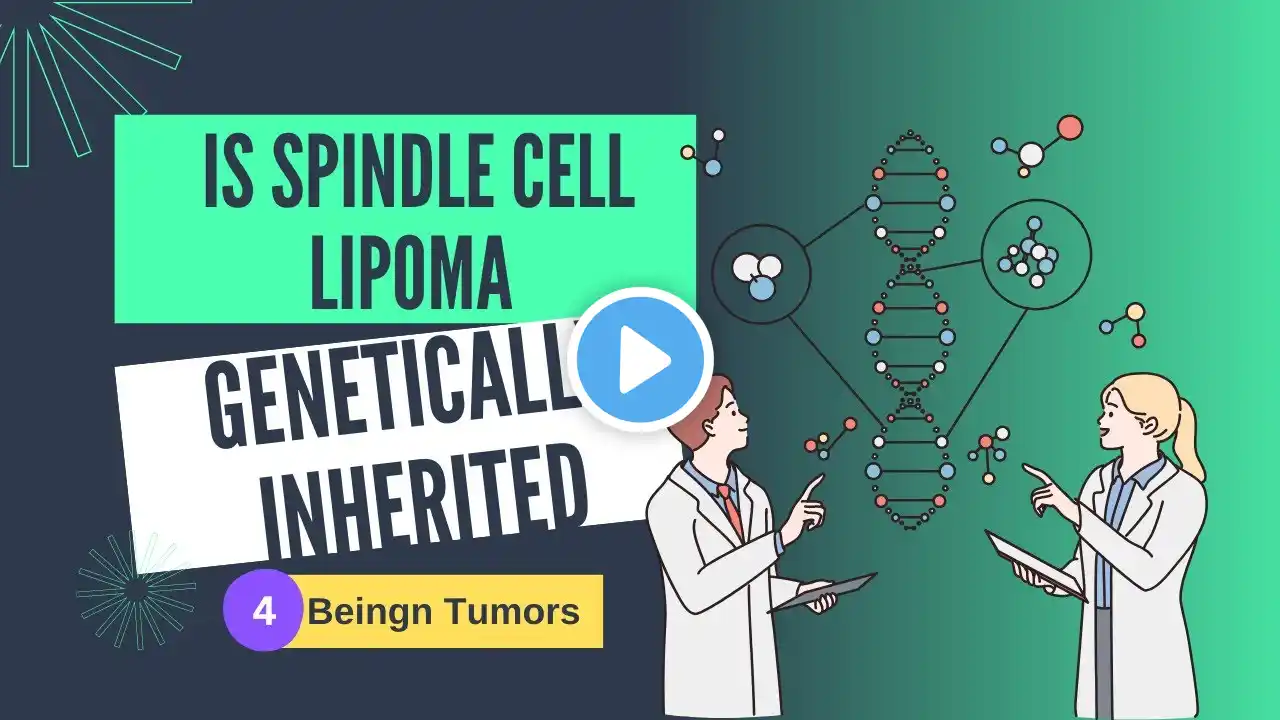
Relationship between Spindle Cell Lipoma & Genetics
Link : www.genedent.com Narration by : Geetika Raj ( Scientific Coordinator at Kroynas) 📌What is spindle cell lipoma ? Spindle cell lipoma is a rare benign tumor that typically develops in the subcutaneous tissue of the neck, shoulder, and back. It is composed of cells with elongated nuclei and spindle-shaped cells that resemble cells found in fibrous tissue. 📌What is the cause of spindle cell lipoma ? The cause of spindle cell lipoma is not well understood, but it is believed to arise from adipose tissue (fat cells) and fibrous connective tissue. The tumor is more common in men than women and typically presents in middle age. There is no evidence to suggest that spindle cell lipoma is a genetically inherited condition. This type of tumor is typically sporadic, meaning it arises without any known underlying genetic or inherited factors. However, some studies have suggested that genetic mutations or chromosomal abnormalities may play a role in the development of spindle cell lipoma in rare cases. These mutations or abnormalities may lead to changes in the DNA that can promote the growth of the tumor. Overall, while spindle cell lipoma is not typically considered to be a genetically inherited condition, genetic factors may play a role in some cases. If you have concerns about your risk of developing this type of tumor or have a family history of similar tumors, it is important to discuss these concerns with a medical professional. 📌What are it's symptoms ? Symptoms of spindle cell lipoma may include a painless mass or lump that is soft to the touch, and slow-growing. These tumors are usually small, ranging in size from 1 to 10 cm, but they can grow larger. 📌Wht is it's diagnosis ? Diagnosis of spindle cell lipoma is based on physical examination and imaging studies such as ultrasound or MRI. A biopsy may also be performed to confirm the diagnosis. 📌What is it's treatment ? The treatment of spindle cell lipoma typically involves surgical excision (removal) of the tumor. In most cases, the tumor does not recur after removal. However, in rare cases, the tumor can recur or transform into a malignant tumor (liposarcoma). #learndentalgenetics #lipoma #spindlecelltumor #benigntumour #oralpathologylesions #dentalawerness #dentistry